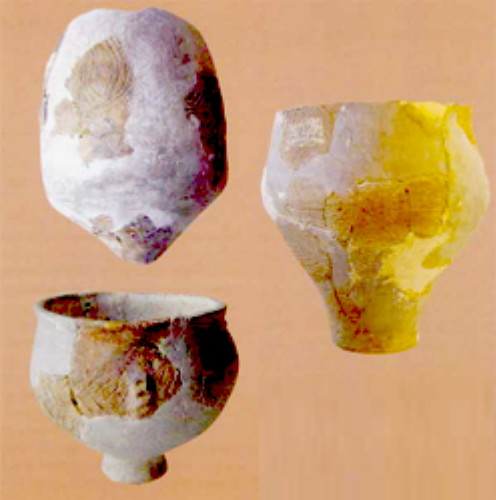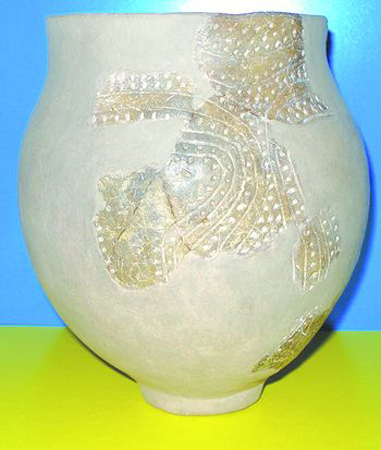Boh-Dnister culture
Boh-Dnister culture also known as Buh-Dnister culture [Буго-дністровська культура; Buho-dnistrovska kultura] or, based on a Russian term traditionally used in the West, Bug-Dniester culture. A Neolithic culture that was widespread in Right-Bank Ukraine and Moldavia (mainly in the areas along the Boh River and Dnister River) from the late 6th millennium to the late 5th millennium BC. Its members practised animal husbandry, fishing, hunting, and simple hoe-farming. The culture was first discovered in 1949 by the Kyiv archeologist Valentyn Danylenko. Over 60 small settlements have been located in Ukraine. The remains of ground and semipit dwellings, farming implements such as hoes made of bone and stone and wooden sickles, and pottery have been unearthed. The Boh-Dnister culture was later assimilated into the Trypillia culture.
[This article originally was updated in 2022.]

.jpg)

